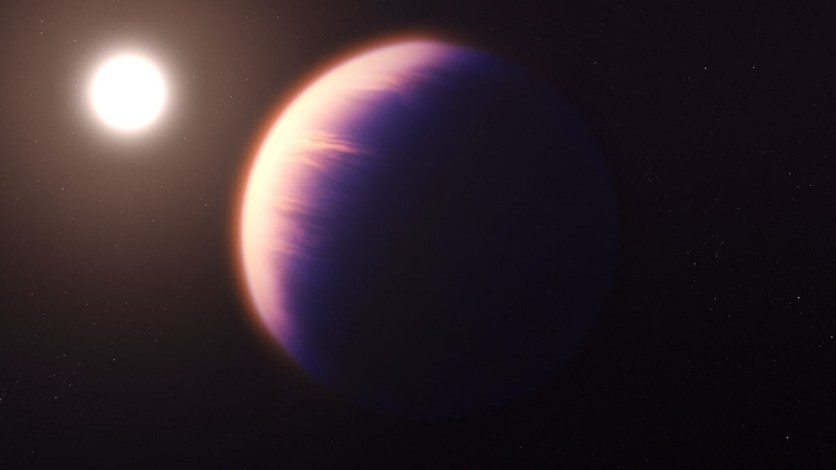The NASA James Webb Space Telescope has discovered something new on the nearby exoplanet, known as the WASP 39b, with its atmosphere showing signs of different elements and compounds on its surface. Previously, the only thing accounted for by the researchers looking into this exoplanet is carbon dioxide or CO2, but now, there are more traces than what was originally perceived.
This discovery is a novel thing for WASP 39b and other exoplanets present in space, with the possibility that this proves evidence that there are other exoplanets having the same elements, possible for habitable worlds.
NASA James Webb: WASP 39b's Element Traces on its Atmosphere

According to a release by Webb's research team, the James Webb Space Telescope helped made this recent discovery possible as its technology opened up the possibility to access WASP 39b's details. From previous knowledge regarding the exoplanet, JWST helped in learning more about what the planet stores and these are not just water and carbon dioxide.
The exoplanet known as "Hot Saturn," dubbed for having almost the same size as the sixth planet in the Solar System, Saturn, has many more in store which researchers recently discovered.
Nathalie Batalha and other colleagues centering on this exoplanet found traces in WASP 39b's atmosphere including sulfur dioxide, carbon monoxide, potassium, and sodium.
Another research focusing on its study from the University of Oxford and Cornell University, also shared their findings, with sulfur being one of the most interesting ones as this is a byproduct of photochemical reactions between light and water.
WASP 39b: Exoplanet As a Basis for Others' Study?
The researchers may not be considering WASP 39b as a possibly habitable planet for humans to dwell in, but it provides a gateway that opens up a basis for studying other exoplanets that may host human life. Moreover, Hot Saturn's discoveries help give the world more information about other exoplanets, for astronomers to evaluate further.
NASA James Webb and Exoplanets
Exoplanets are planets in the outer parts of the Solar System, also known as extrasolar planets, characterized by their far location from the Sun. However, other exoplanets have host stars in their region, with one example being the 55 Canceri e planet which is located so close to its version of the Sun, it is normally burning.
For humans, the Earth is a normal planet, especially as it harbors life and has an ecosystem in it that is capable to support living organisms, along with creating advancements using technology.
However, there are also possible planets in the nearby regions where humans can live, but it would need further research and discovery before this happens.
Previous studies center on the famed WASP 39b exoplanet, one where studies found lots of water in the so-called "Hot Saturn" world outside the galaxy. Nevertheless, it has been the topic for debate regarding its capability to host life and support it when humans find a new place to settle in, but of course, these are still under review.
The current study on WASP 39b gets a significant look at it thanks to NASA's James Webb Space Telescope, one of the most powerful spaces surveying devices from the agency. Researchers will look more into the exoplanet's elements present in its atmosphere, especially with the latest findings that provide a new look to it.
This article is owned by TechTimes
Written by Isaiah Richard
ⓒ 2026 TECHTIMES.com All rights reserved. Do not reproduce without permission.




